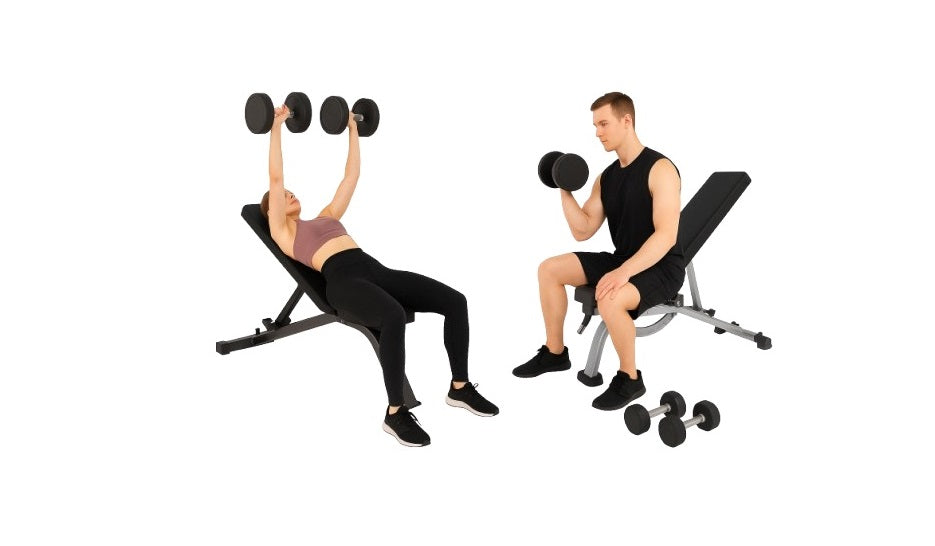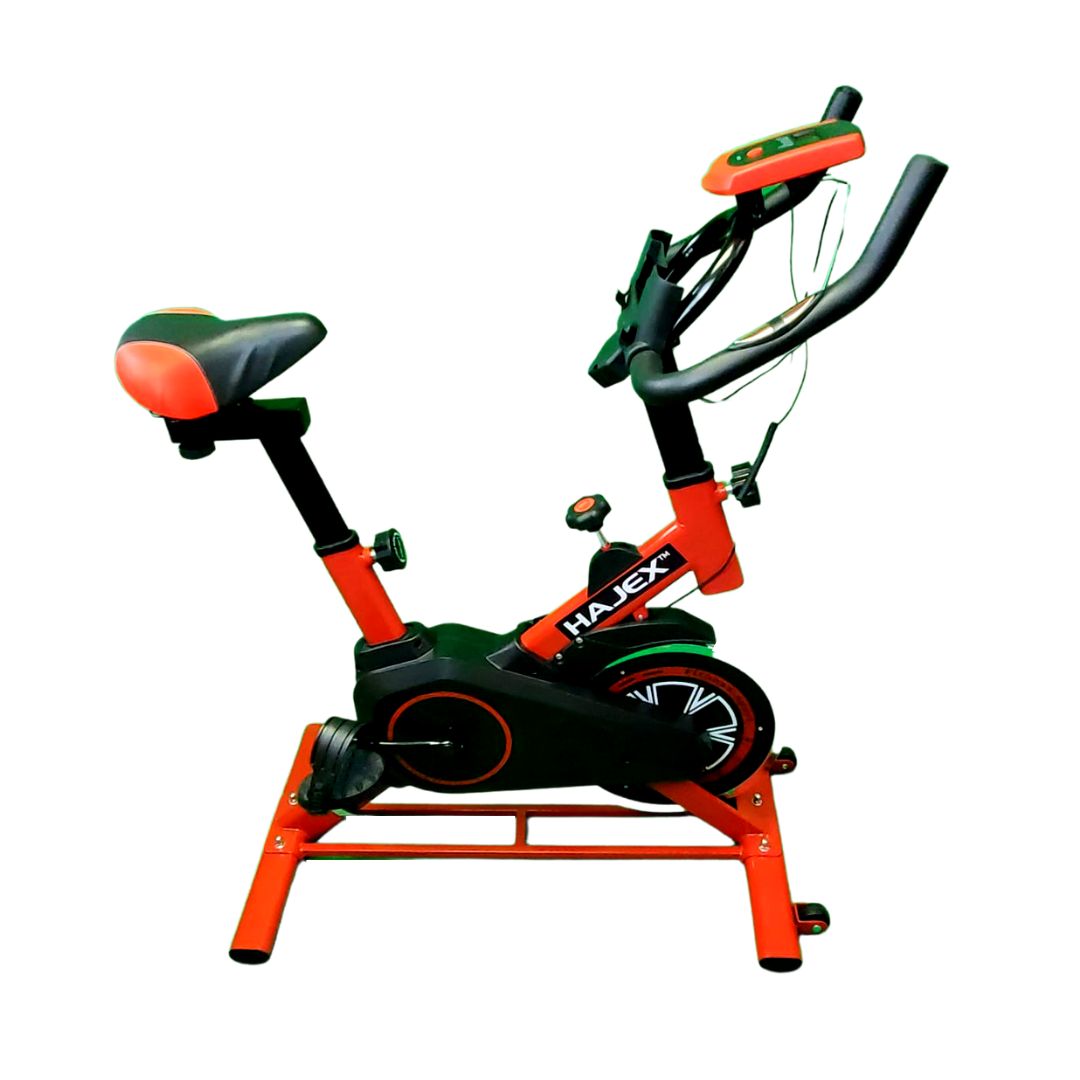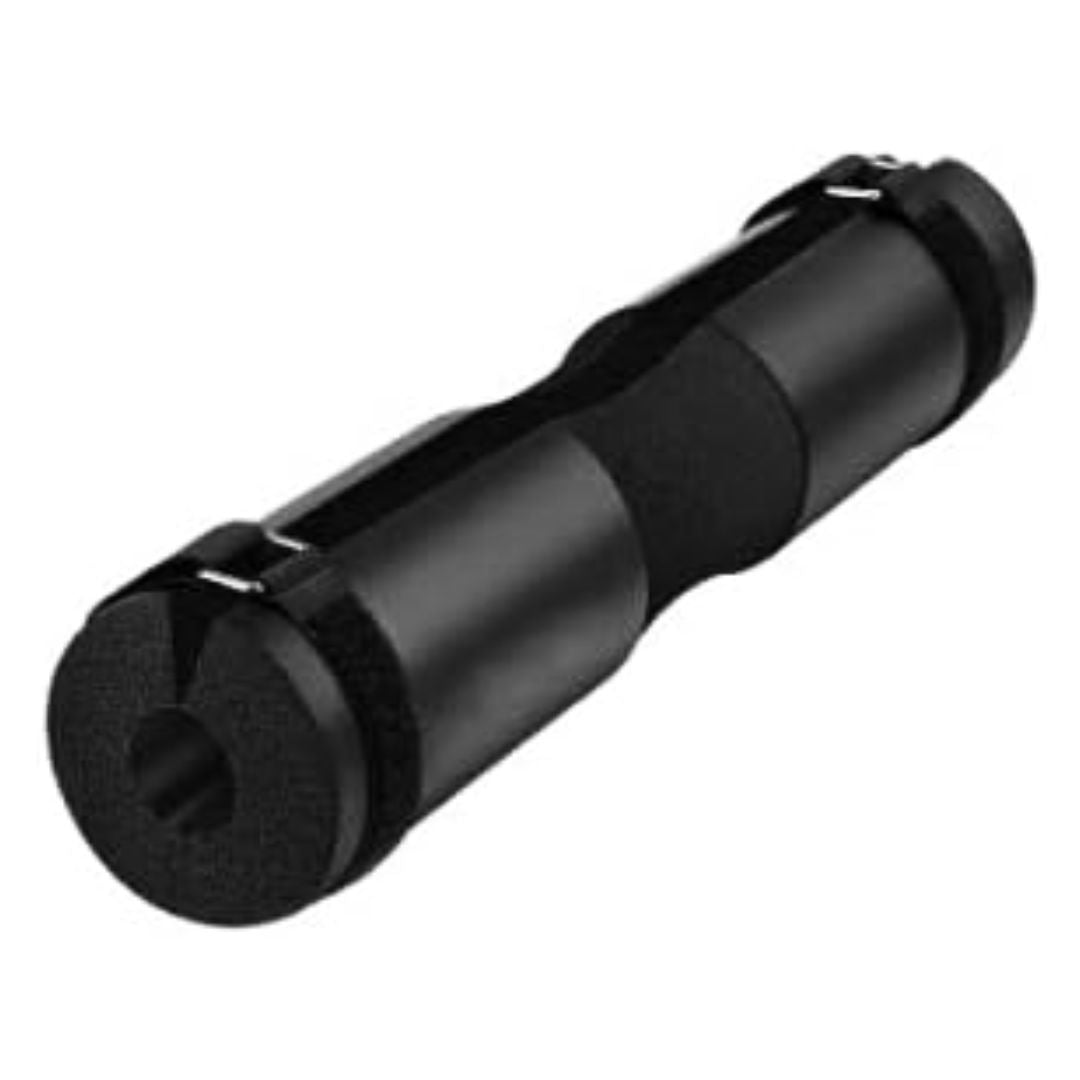Bushing vs Bearing - Which You Should Choose?
When it comes to choosing an Olympic bar, you may hear about the terms bearings / linear bearings/needle bearings and bushes/bushings and wonder what they're talking about.
Finding an appropriate barbell can be a difficult task. Various things go into selecting the correct one for you and your demands, like:
Do you want center knurling? How aggressive do you want your knurling? Do you want 10kg or 15kg? And most importantly: what's your price range? The most well-known question we get is: "Which is better: bushing or bearing?"
You may notice the clear difference that bearing bars tend to be more expensive than bushing bars. There are a few essential things you need to know when you're shopping for your barbell. Let's discuss this in detail.
Bushes and bearings are the mechanisms on which the ends of the bar spins. Bushes and bearings sit between the bar and the sleeve, enabling the sleeve to spin more openly around the bar, lowering friction and wear.
Bushings tend to be bronze or brass. They fit between the sleeve and the bar either at right the inner edge, or the inner and outer edges of the sleeves, lowering friction between the inner and outer sleeve, keeping the spinning movement even.
In barbell bars, bearings available in three different types - ball bearing, needle bearings, and thrust bearing. Same as bushings, they fit between the sleeve and the bar and minimize the friction between the inner and outer sleeve, forming the spinning movement smoother.
From three of these, ball bearings tend to be the cheapest. Generally, the more bearings mean the smoother spin. Linear bearing and ball bearing bars tend to exclude bushings while needle bearing bars tend to combine bearings with bushings.
 WEIGHT PLATES
WEIGHT PLATES
 Cast Iron Olympic Plates
Cast Iron Olympic Plates
 Olympic Rubber Weight Plates
Olympic Rubber Weight Plates
 PVC Weight Plates
PVC Weight Plates
 DUMBBELLS
DUMBBELLS
 Rubber Hex Dumbbells
Rubber Hex Dumbbells
 Cast Iron Adjustable Dumbbells
Cast Iron Adjustable Dumbbells
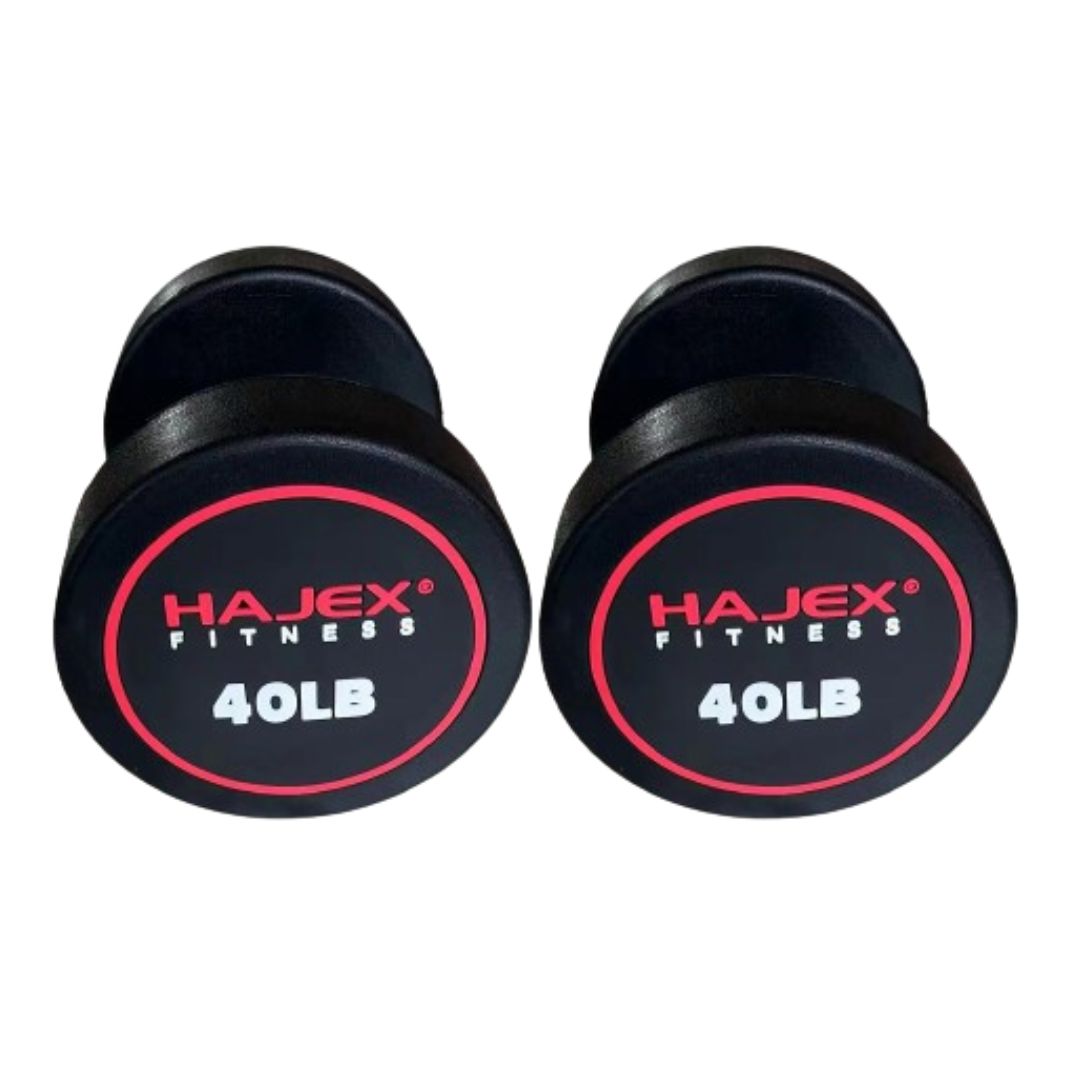 Round Head Dumbbells
Round Head Dumbbells
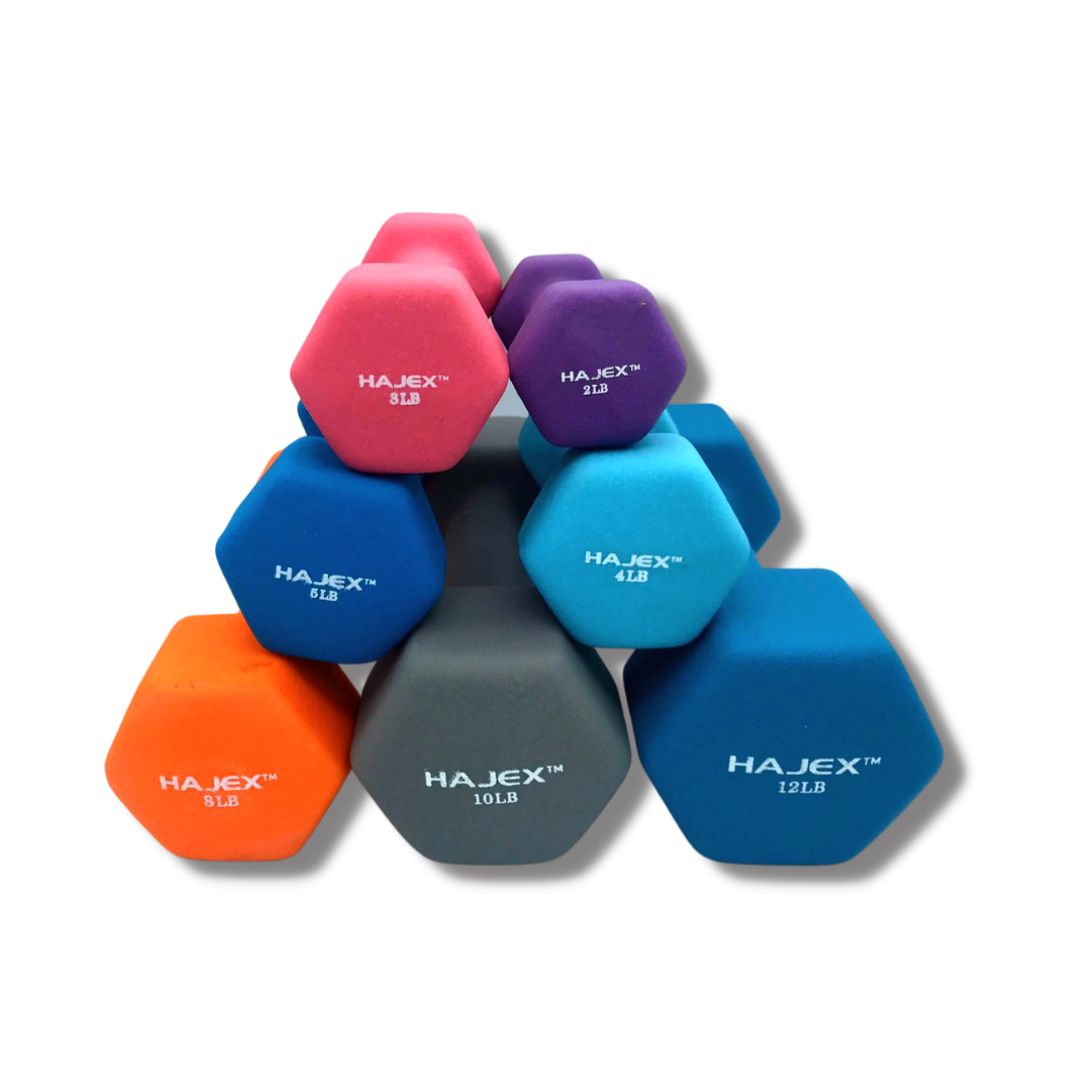 Neoprene Dumbbells
Neoprene Dumbbells
 BENCHES
BENCHES
 CARDIO
CARDIO
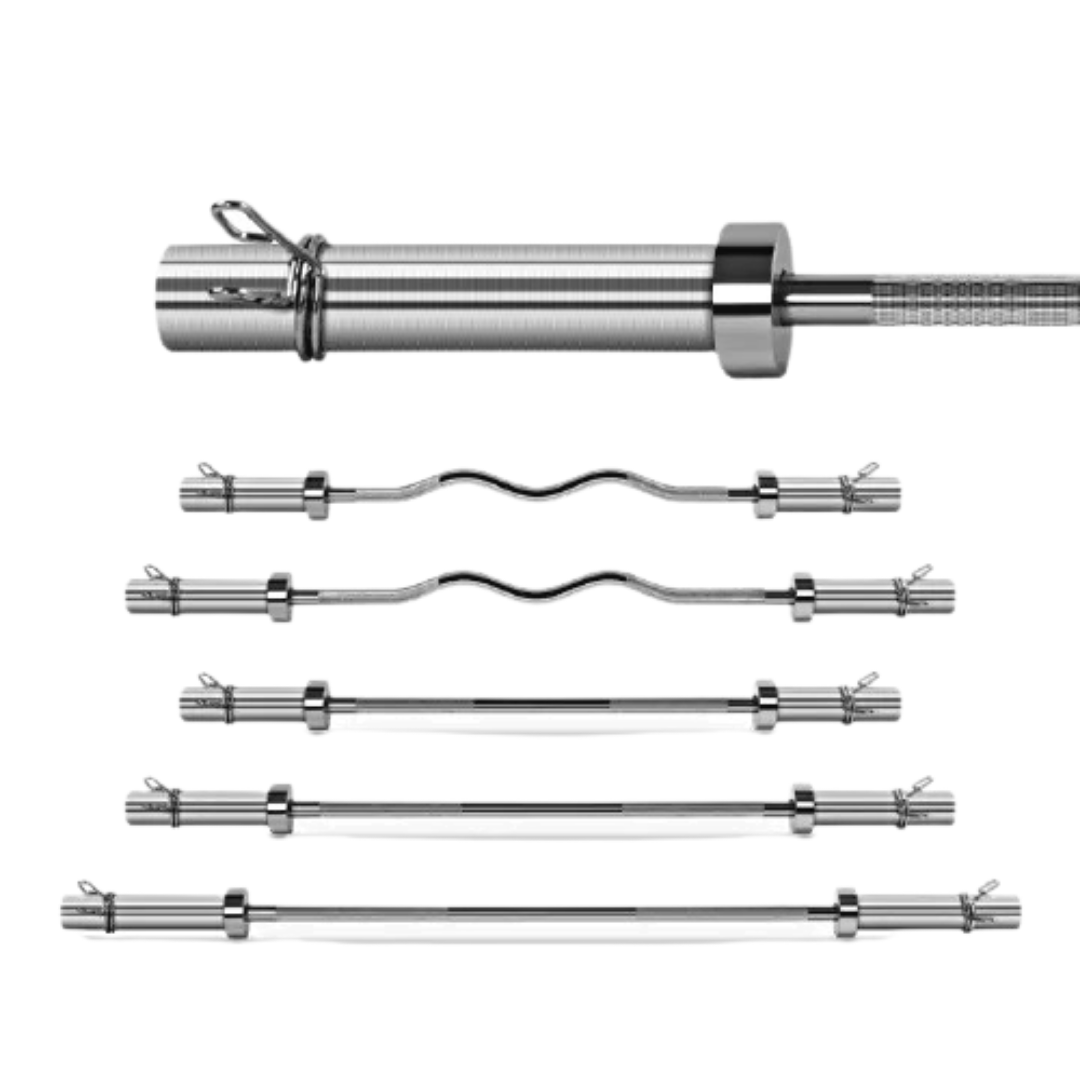 BARBELL BARS
BARBELL BARS
 Home Gym Deals
Home Gym Deals
 Olympic Bumper Plates
Olympic Bumper Plates
 Tri Grip Plates
Tri Grip Plates
 Weight Plates Combo
Weight Plates Combo
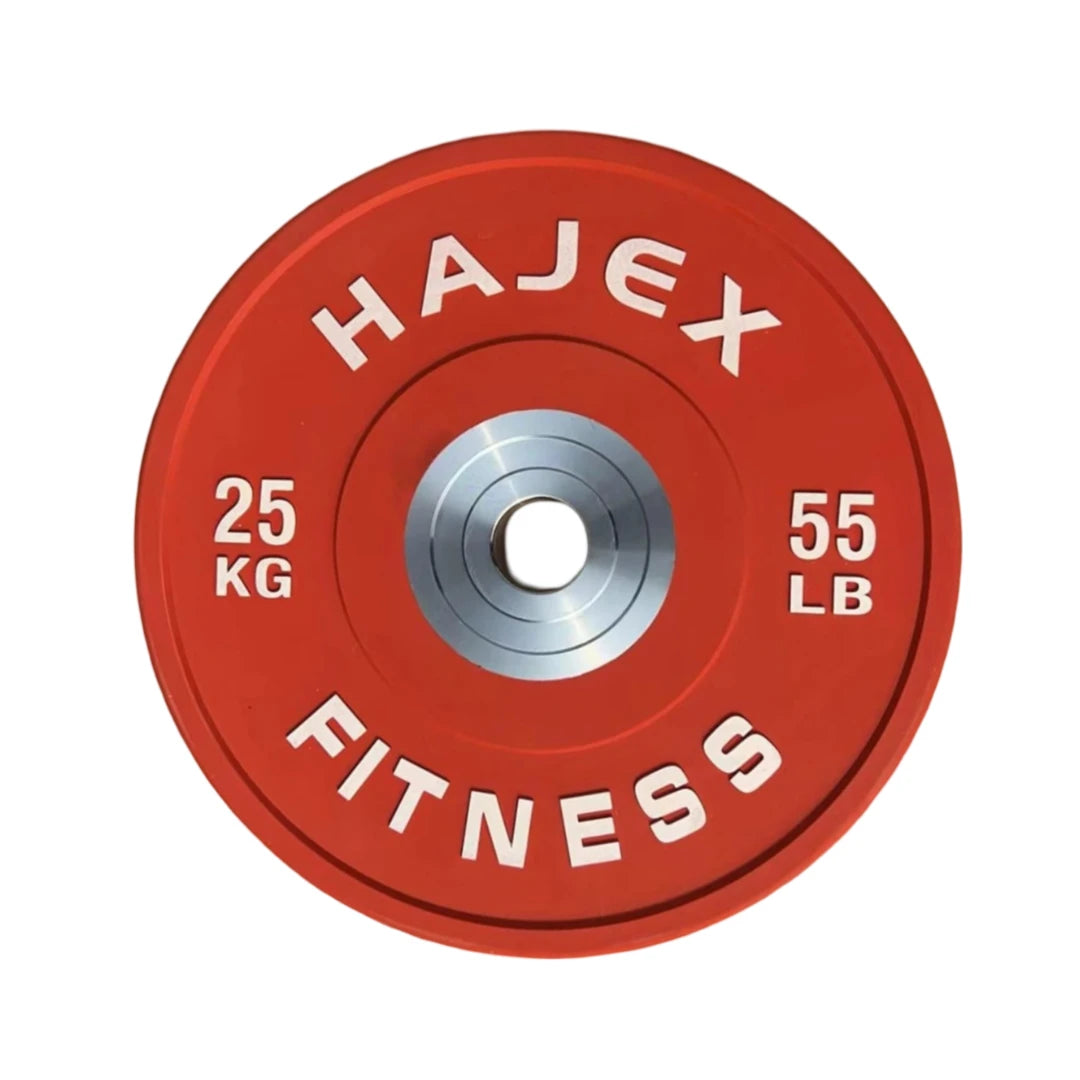 Olympic Steel Hub Bumper Plates
Olympic Steel Hub Bumper Plates
 PVC Dumbbells
PVC Dumbbells
 NUO Style Adjustable Dumbbells
NUO Style Adjustable Dumbbells
 Olympic Barbells 2"
Olympic Barbells 2"
 Standard Barbells 1"
Standard Barbells 1"
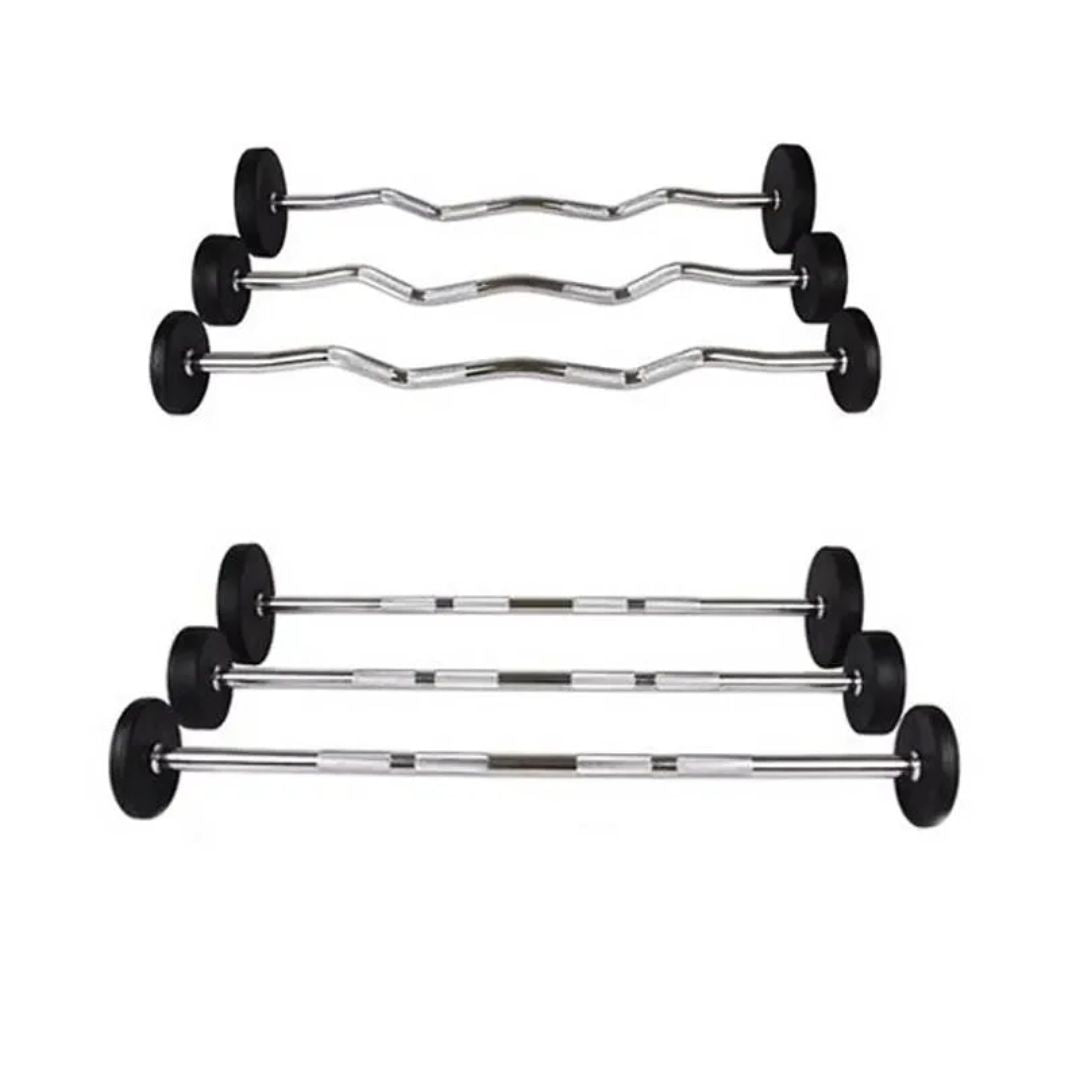 Fixed Weight Bars
Fixed Weight Bars
 Benches with Pulley & Rack
Benches with Pulley & Rack
 CARDIO
CARDIO
 Foldable Walking Pads
Foldable Walking Pads
 Exercise Bikes
Exercise Bikes
 RACKS, CAGES & SMITHS
RACKS, CAGES & SMITHS
 Smith Machines
Smith Machines
 Power Racks
Power Racks
 Squat Racks
Squat Racks
 STORAGE RACKS
STORAGE RACKS
 Dumbbell & Kettlebell Racks
Dumbbell & Kettlebell Racks
 Mini Dumbbell Racks
Mini Dumbbell Racks
 Adjusatble Dumbbell Stands
Adjusatble Dumbbell Stands
 MORE
MORE
 Kettlebells
Kettlebells
 Adjustable Kettlebells - Single & Pair
Adjustable Kettlebells - Single & Pair
 Floor Mats
Floor Mats
 Yoga
Yoga
 Push Up
Push Up
 Resistance Bands
Resistance Bands
 Barbell Pads
Barbell Pads
 Dumbbell Handles
Dumbbell Handles
 Jump Ropes
Jump Ropes




